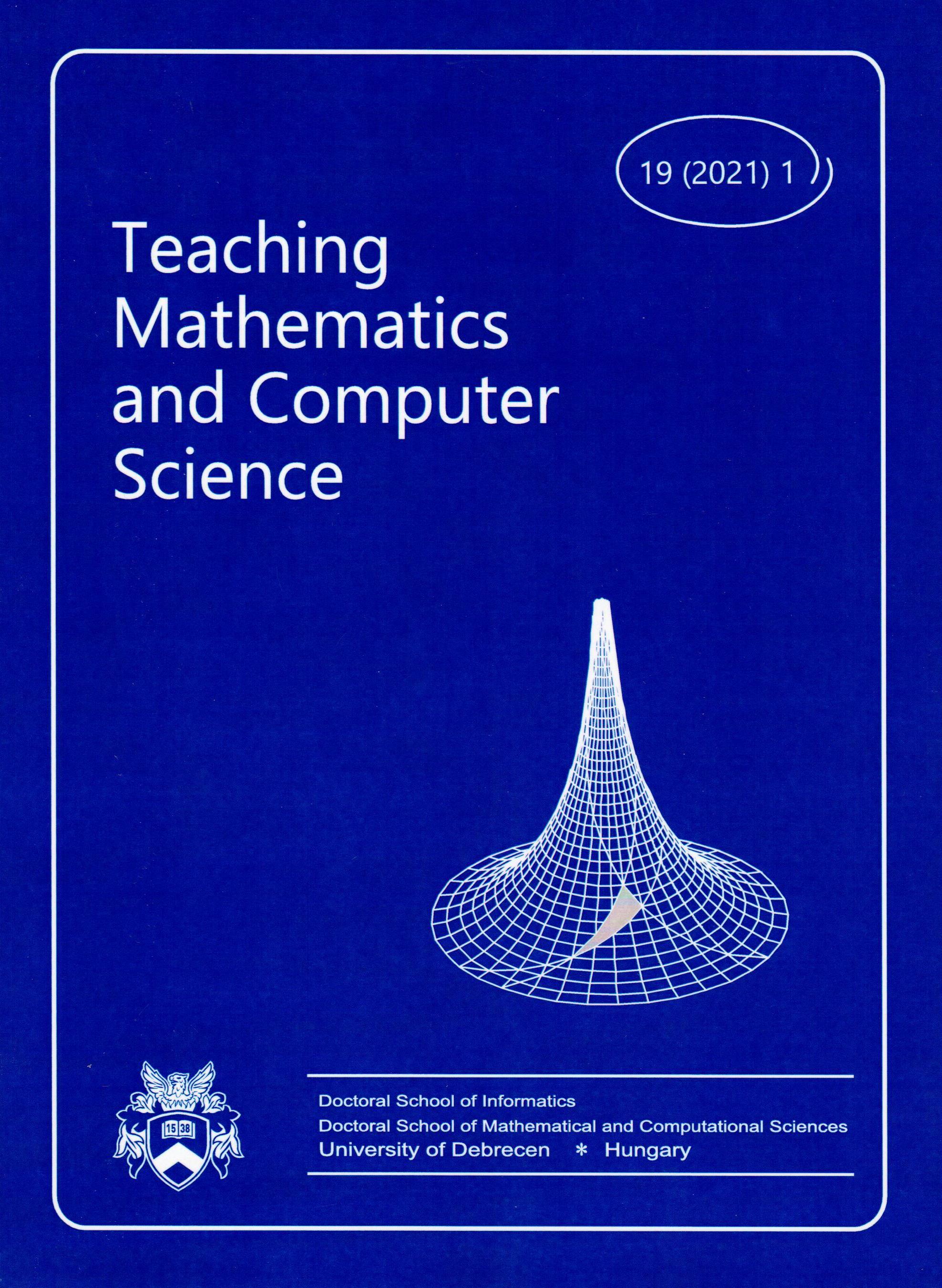Integrating Didactic Games in Higher Education: Benefits and Challenges
Authors
View
Keywords
License
Copyright (c) 2021 Attila Körei, Szilvia Szilágyi, Zsuzsanna Török

This work is licensed under a Creative Commons Attribution 4.0 International License.
How To Cite
Abstract
In our paper, we study the reasons for the introduction of didactic games and the way of their application in higher education, especially in teaching mathematics. After describing the main characteristics and needs of Generation Z students, we outline the advantages and drawbacks of gamification and game-based learning, followed by some new aspects to their classification. The idea of device-based grouping arose because the most commonly used methods require IC tools. Gen Zs naturally accept gamified learning materials available on digital and mobile platforms, but we must not forget about traditional games either. In higher education, especially in the case of small-group teaching there should also be room for traditional, specialized didactic games, of which we focus on the benefits of card games.
Subject Classification: 97C70, 97D20, 97D40, 97U70

 https://doi.org/10.5485/TMCS.2021.0517
https://doi.org/10.5485/TMCS.2021.0517






